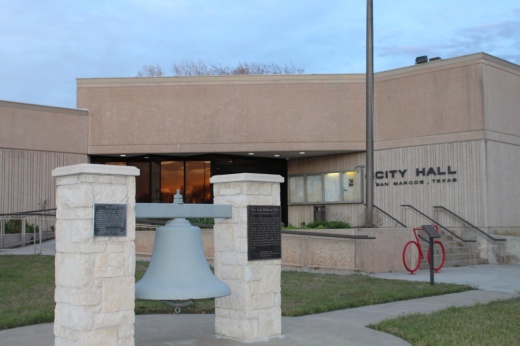Shawn Wolfshol, streets manager for the city, noted that in the most recent survey of overall satisfaction with city services, maintenance of city streets and sidewalks received the highest number of dissatisfied responses.
From 2017-22, 42,059 linear feet of sidewalk was installed along with 87 new Americans with Disabilities Act-compliant sidewalk ramps from 2020-22, according to the presentation.
The topic of trees and how they are prioritized by the city along sidewalks was brought up by Council Member Maxfield Baker.
“The reality is that a tree cools off an area—I think one of our city planners said something like 15 degrees or something substantial—so if we're creating a walkable city, which I think is part of the goal of this program, we need to make sure that not only are we selecting areas that have that kind of tree access, but then we're also making sure we're not destroying those in the process,” Baker said.
Council Member Saul Gonzales asked if there is an arborist on the city’s staff and if maintaining trees along sidewalks is something in their purview.
Interim Assistant City Manager Laurie Moyer said while San Marcos does have a city arborist on staff, that person alone cannot evaluate all projects going on in the city at once and needs outside help.
“The arborist truly does not have the capability of one person to handle all that,” Moyer said.
Moyer said the city will provide agenda items for a future council meeting to approve a list of arborist companies that can augment some of the city arborist’s work on operations and maintenance as well as contract for construction projects the city arborist is unable to consult on.
Council consented to staff recommendations on sidewalk projects going forward. Some of those are listed below.
- Provide a 90-day mailer to the landowner along with flyers left on the doors for properties where sidewalk repairs on gap infills are scheduled. Currently the city only leaves a flyer.
- Provide a formal monitoring process for installed sidewalks to study foot traffic.
- Develop a formal protocol for tree inspection and analysis prior to construction.
- Establish criteria for sidewalk installation based on neighborhood character and other factors.
- Send projects before the neighborhood commission or historic preservation commission depending on the nature of the project.





